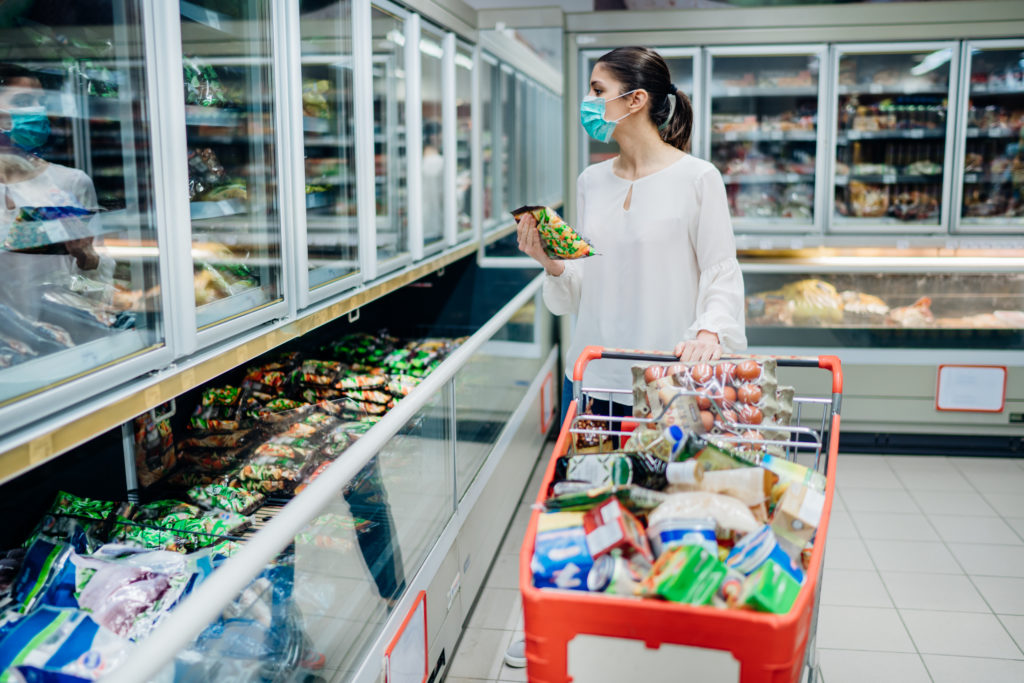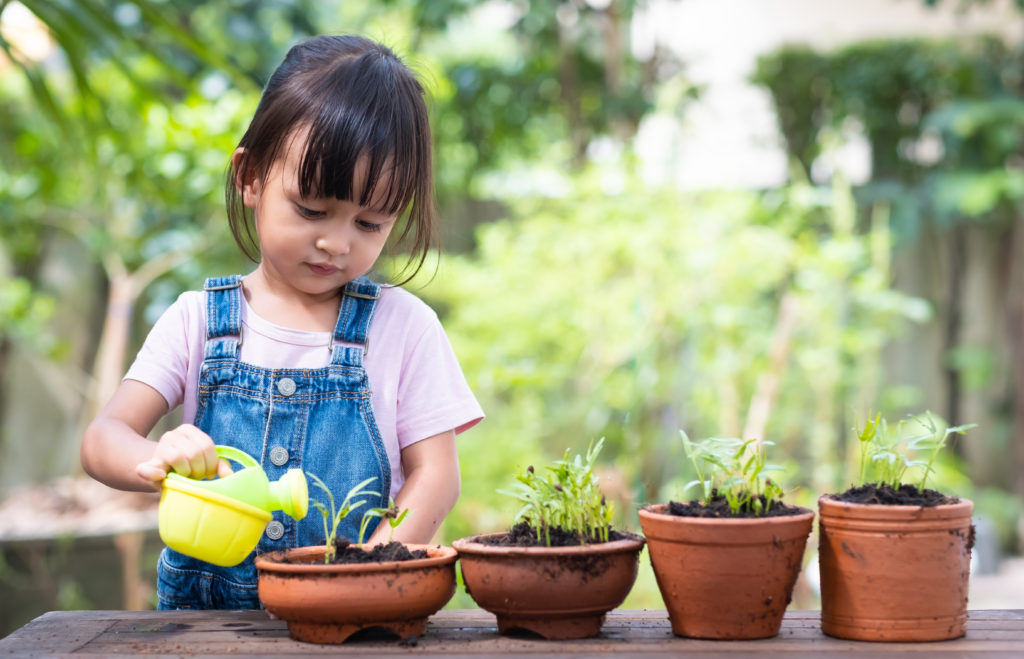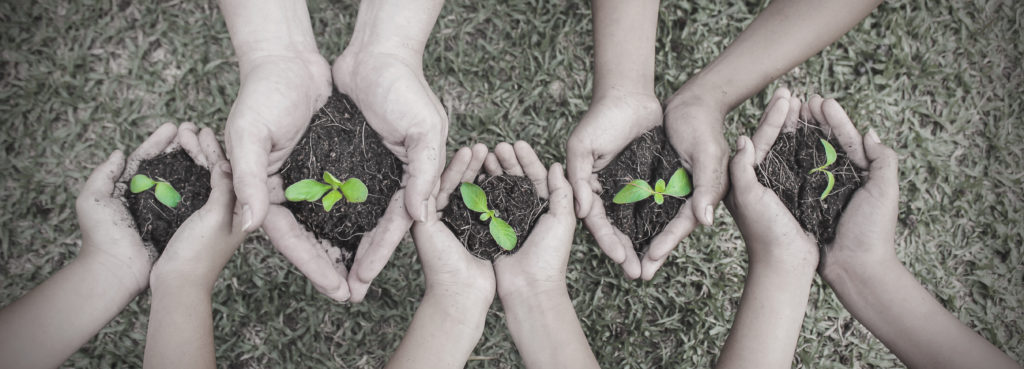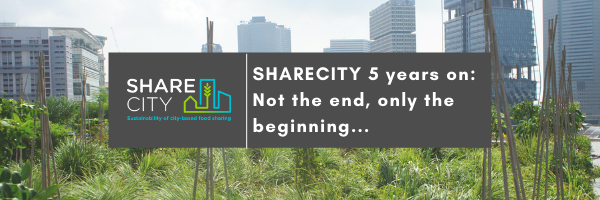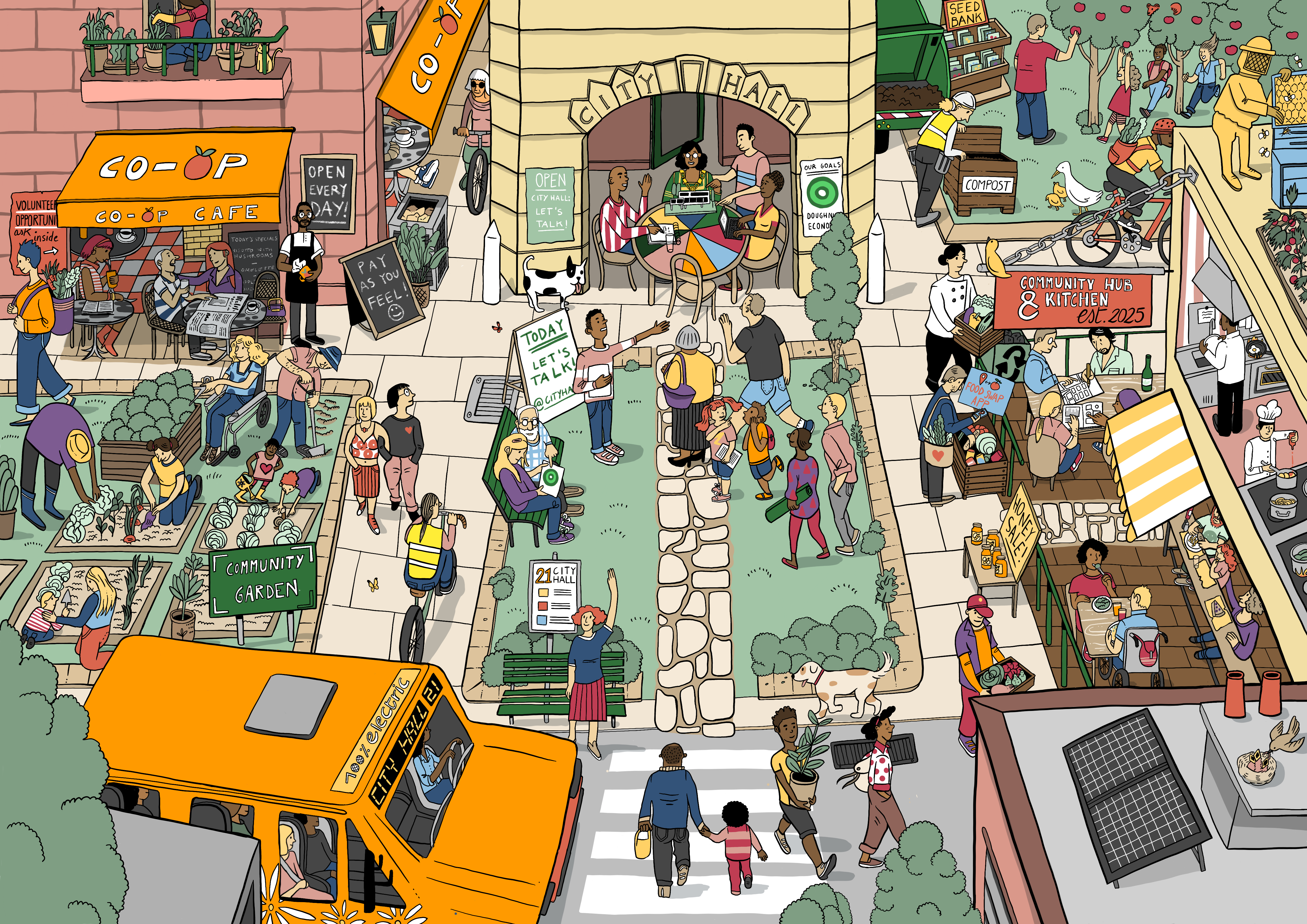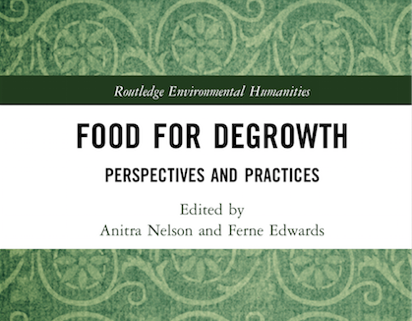Food sharing in the future – what has the Novel Coronavirus (COVID-19) shown us so far?
Published by SHARECITY on the 1st May 2020.
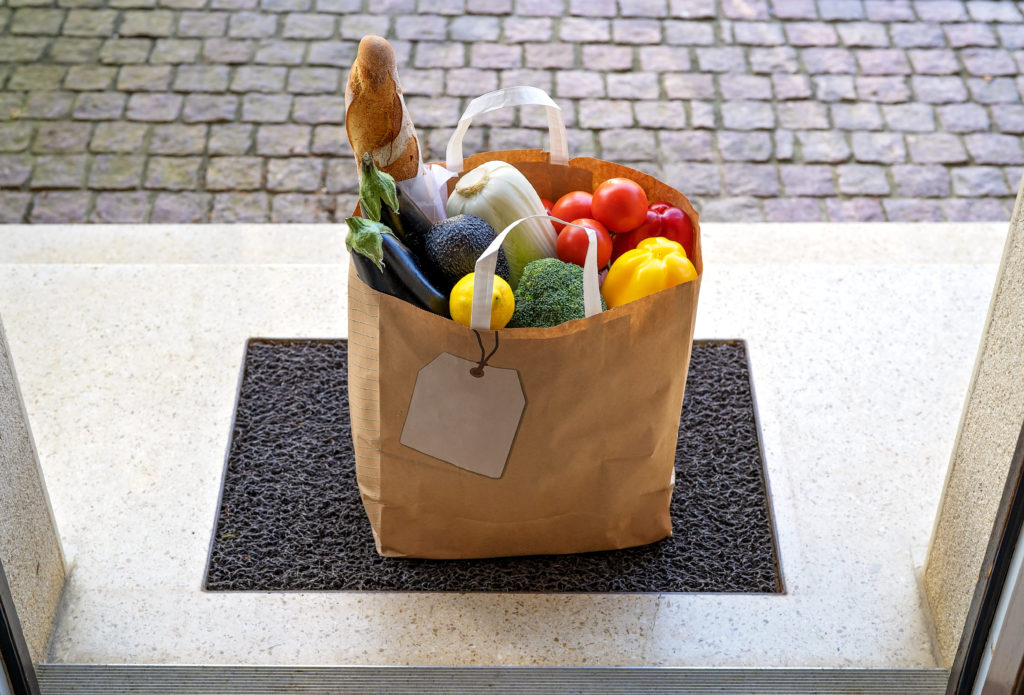
Source: Tatyana Soares
Food sharing in the future – what has the Novel Coronavirus (COVID-19) shown us so far?
Authors: Vanessa Lucy and Anna Davies
The spread of the Novel Coronavirus (COVID-19) pandemic across every corner of the globe has resulted in drastic changes to our everyday lives and future plans. It has shaken the very core of everyday activities from working and learning, to commuting and, of course, eating! For us at SHARECITY we’ve been particularly concerned to examine how the current crisis is shaping the motivations, means and ways in which we share food.
As April ends, many of us continue to be in various states of lockdown, with particular patterns of social distancing in place internationally and prospects of quarantine for any essential trips beyond our nation states. Such drastic changes to our mobility and the curtailment of socialising beyond our immediate households means that many everyday experiences of food sharing are no longer possible. Even food sharing amongst families and friends has been affected.
Here in Ireland, community gardens have been shut just as they are springing back into life after the winter, community kitchens can no longer provide the social dining experiences as they once did and surplus food re-distribution networks have had to find new ways of working to ensure surplus food is not wasted. These realities raise fundamental questions about how the needs normally met by food sharing will be met under these conditions of a ‘new normal’?
Farmers Markets have been shut down or temporarily closed in several countries worldwide to limit the spread of COVID-19 between people.
Source: Photowind
The impact COVID-19 is having and will continue to have on food production, consumption, and re-distribution more generally is increasingly well documented, with impacts on food supply chains and rising food insecurity flagged as some of the largest challenges. Yet experiences are differentiated, while supermarkets and corner shops may be flourishing, farmers markets have been closed in many locations and there have been disruptions food bank operations.
Supermarkets have remained an essential method for obtaining food during the COVID-19 pandemic.
Source: Shuttershock
Strategic thinking during a time of crisis is a challenge, and while many of us are rightly focused on facing significant challenges in the immediate future, it is important that others take the time to think about how our current conditions might provide important learning points for building a sustainable food sharing future.
While trying to make sense of the cacophony of voices on COVID-19 and its implications for food sharing we began to collate a database of materials.
What did we find?
We found many examples of how individuals and communities are adapting to the current normal that is social distancing and food sharing – sharing virtually and from a distance. Technology is front and centre of these reconfigurations.
We are ordering more home-delivery based food services than ever before, we are having more virtual dinner parties and partaking in more socially focused eating and drinking activities. Have you been practising your at-home cooking skills whilst partaking in a WhatsApp call with friends? You would certainly not be the only one! Media reports that ‘remotes’ who are able to work from home have rekindled a love affair with home cooking.
Famous chefs and restaurateurs are also adapting to the circumstances following country-wide closures of cafes, restaurants, and bars. Many are using technology to share their culinary skills, teaching people how to cook their signature chef meals at home via online social media platforms such as YouTube and even newcomers such as TikTok are getting into the food space. One inspirational example is seen in the uptake of InstagramTV (IGTV) by Italian chef Massimo Bottura, whereby he utilised this technology to virtually share his restaurant’s Michelin-starred recipes – contributing to information and knowledge sharing in the food sharing space.
Café and Restaurant closures and Social Distancing restrictions have led to the rise of virtual food sharing through social media and virtual dinner parties.
Source: Viktor Kochetkov
Concerns about food security and the resilience of our complex global food chains have led some to question where their food comes from and how they can secure access to food. Those lucky to possess a garden, courtyard, or balcony have turned to home gardening or home food production to grow their own food in response to these food scarcity concerns or as an activity bringing them mental and physical health benefits.
More time at home, means more time for home gardening or the desire to grown one’s own food.
Source: Sukjai
Food sharing beyond the home
Beyond our domestic settings community kitchens have started to do take-aways and home deliveries. Surplus food redistributors are increasingly being recognised as essential intermediaries connecting retailers and distributors with excess food to those in need of it, with WRAP in the UK providing a resource hub helping people increase the amount of food redistributed and providing financial supports for redistributors struggling through the crisis.
In some locations the closures of community gardens are being relaxed and clarifications over opening restrictions are being discussed. In New Hampshire, USA, guidelines for keeping community gardens open safely have been developed. Importantly, COVID-19 has highlighted the often limited ways that community gardens are perceived by local authorities – with many closed because they fell under the category of recreational or leisure spaces – and re-invigorated debates about how such spaces should be classified in development plans. In Canada, for example, closures have led community garden leaders to push back against this reductive recreational label, flagging their importance for food security and social provisioning and arguing convincingly for them to be reclassified as an essential service.
What does this all mean for the future of food sharing?
As our research has shown, the sharing of knowledge and skills has always been the mainstay of food sharing practices and the COVID-19 crisis has elevated the significance of this element of sharing, particularly through use of accessible ICT and the socio-technical systems of social media.
Physical sharing of food, seeds, plants and other material goods, severely curtailed initially is resurfacing in new ways, governed by new rules and understandings of what it means to do things together around food.
We must take the shock COVID-19 has given to the status quo as an opportunity to highlight the challenges and opportunities facing food sharing initiatives and to re-invigorate our efforts to demonstrate the full range of benefits food sharing in its diverse forms can generate. We hope our new and free to use tool – SHARE IT – will go some way to help.
Thanks, Vanessa and Anna,
The SHARECITY Team
sharecity@tcd.ie
Source: Paula Photo/Shuttershock
© 2015 - 2024 ShareCity | Web Design Agency Webbiz.ie

